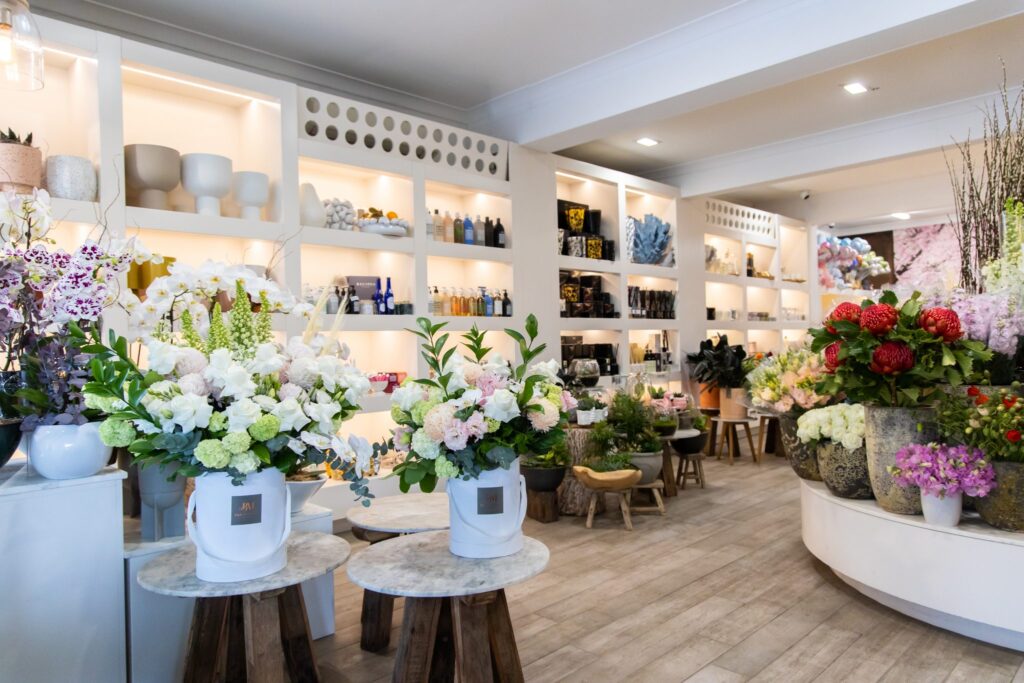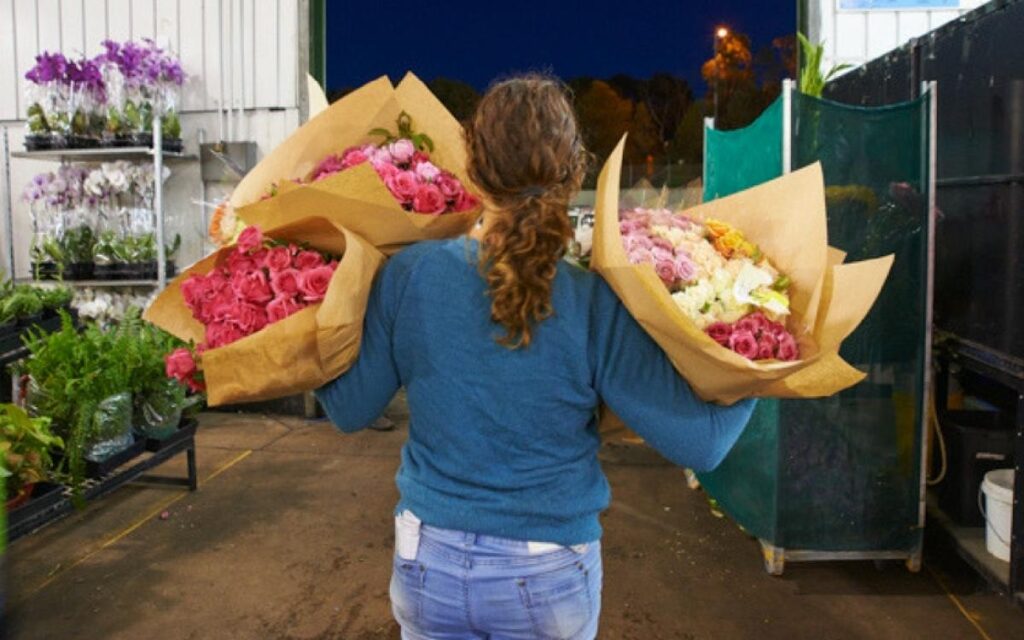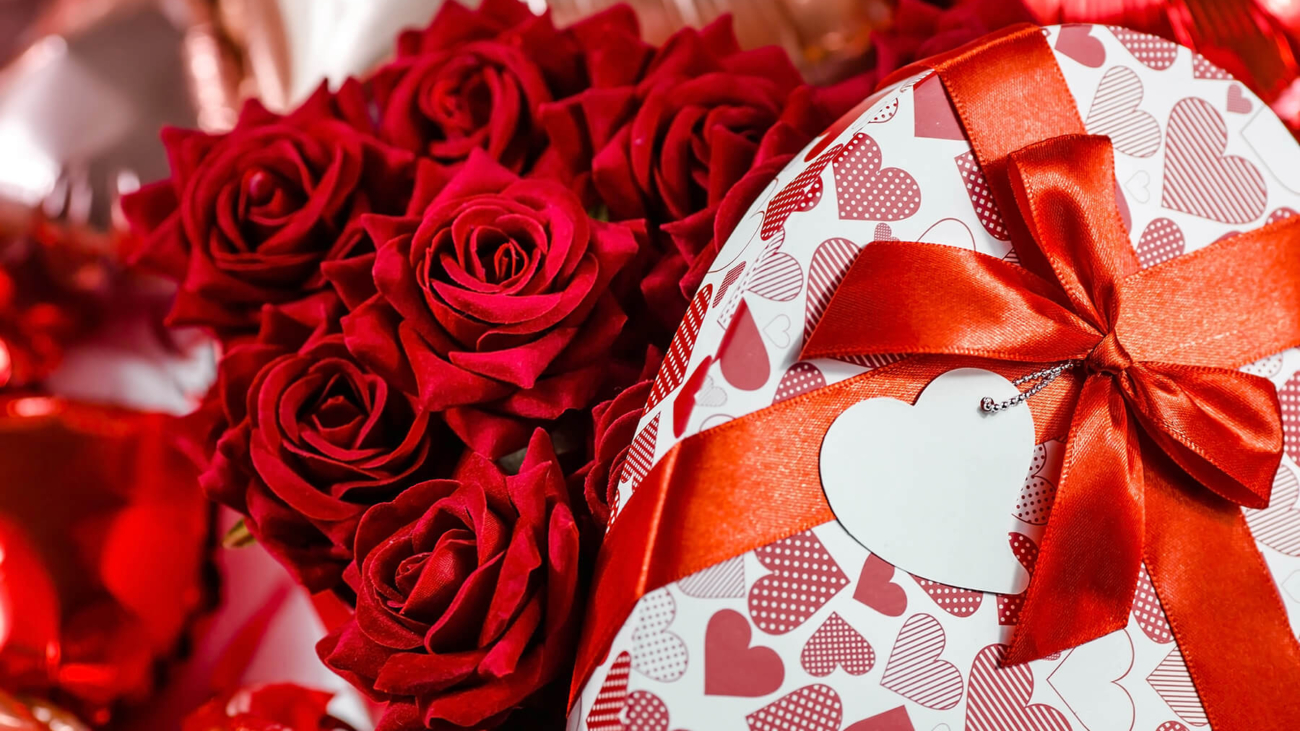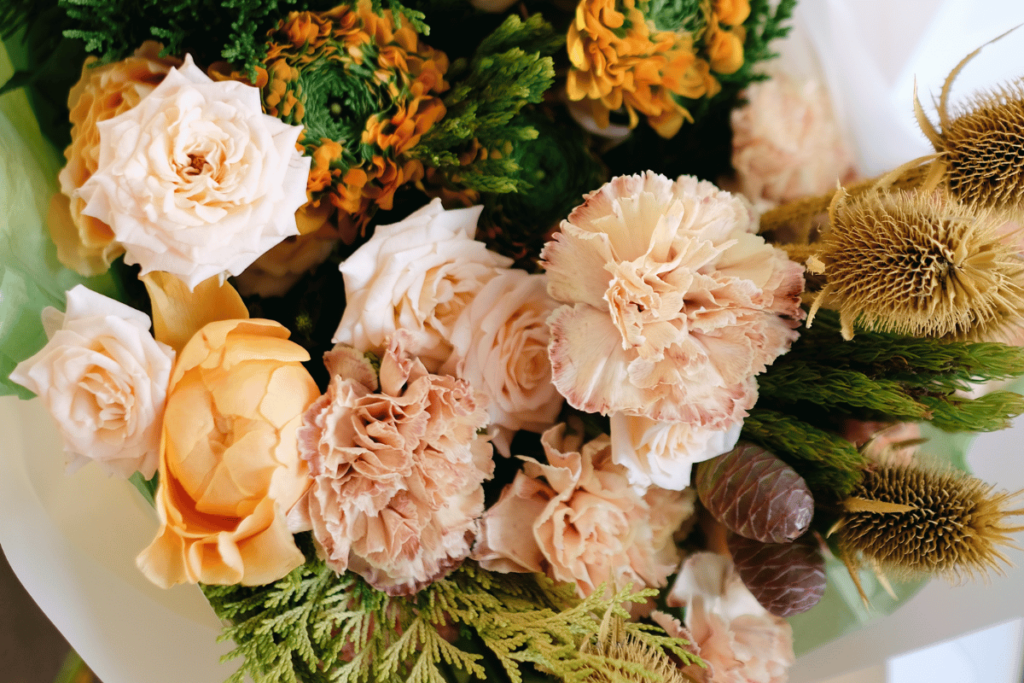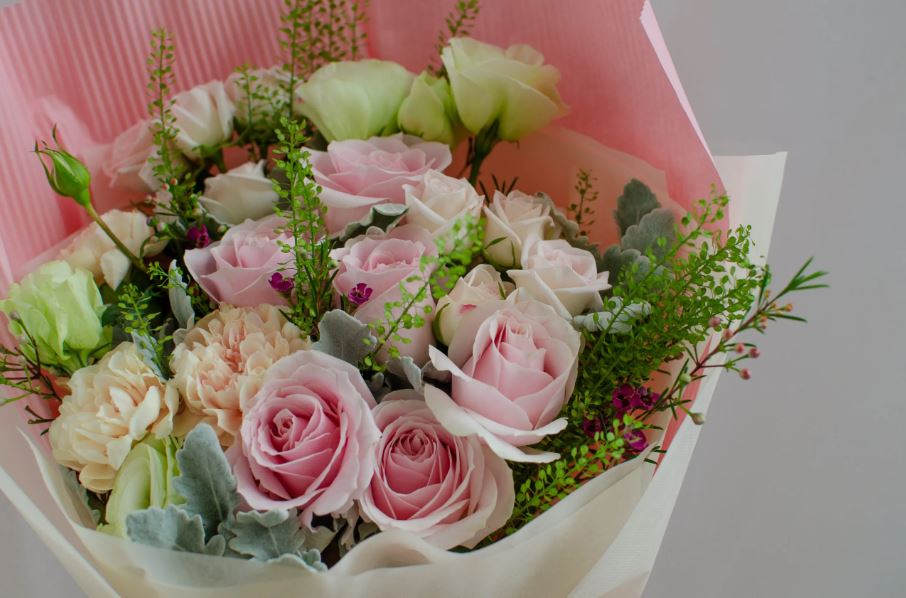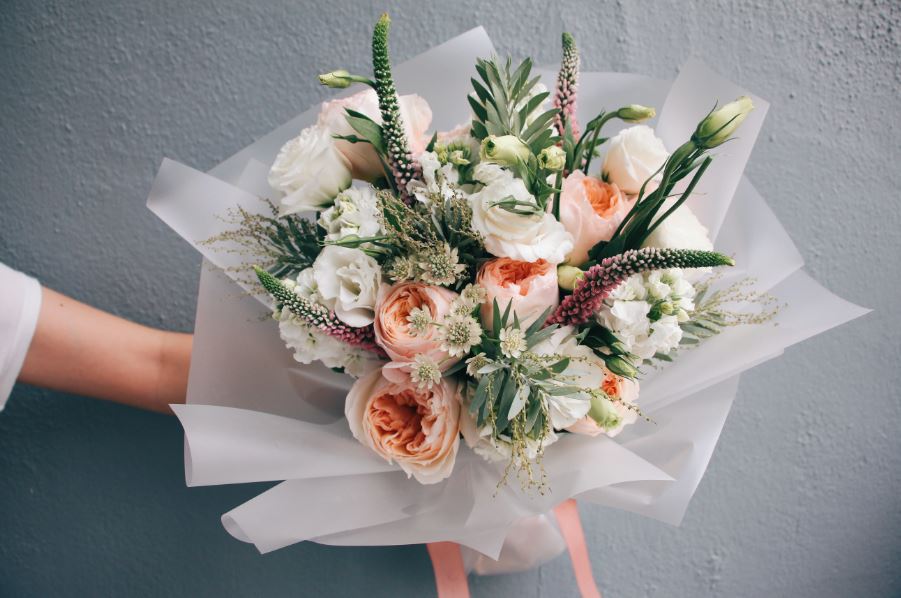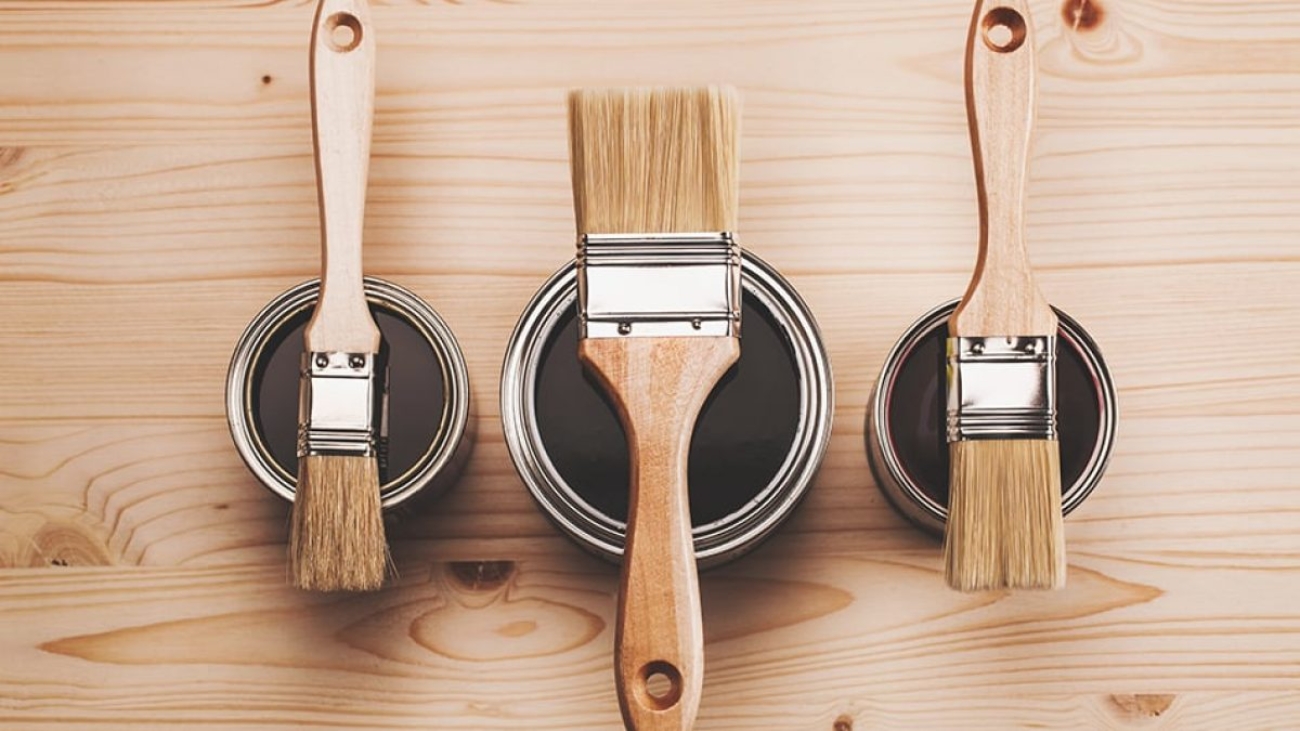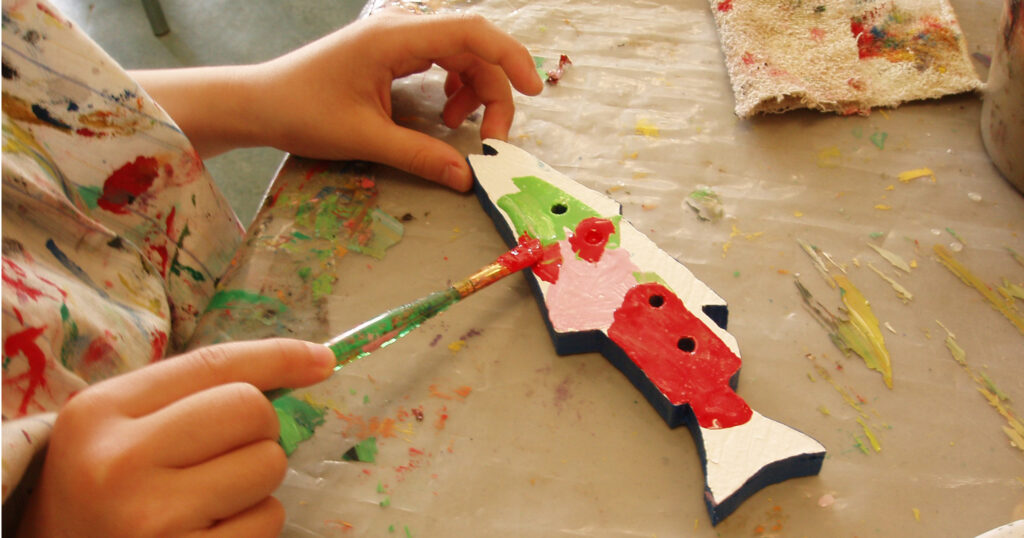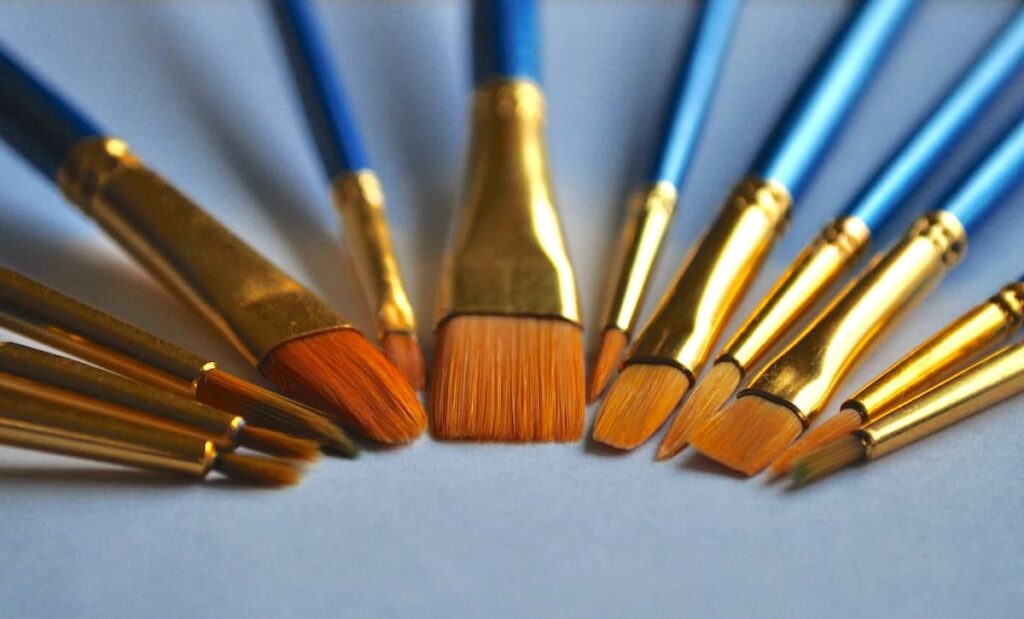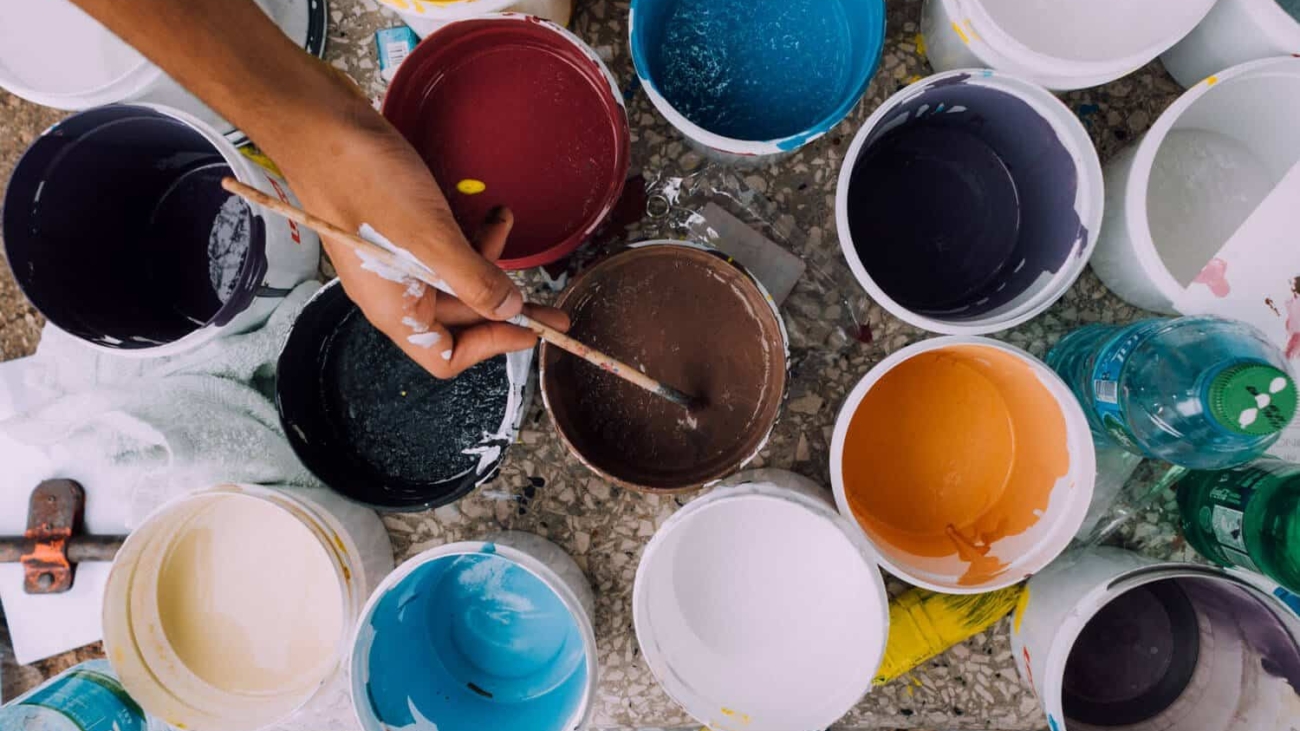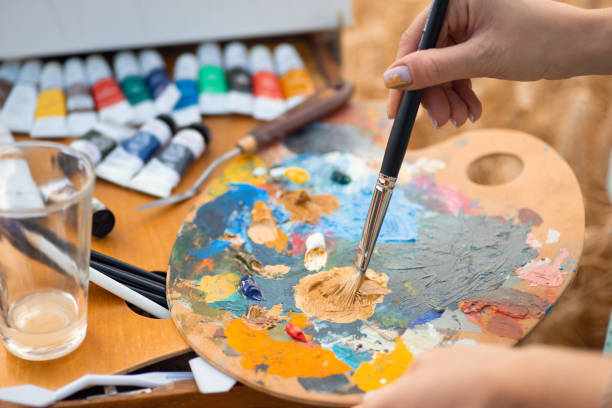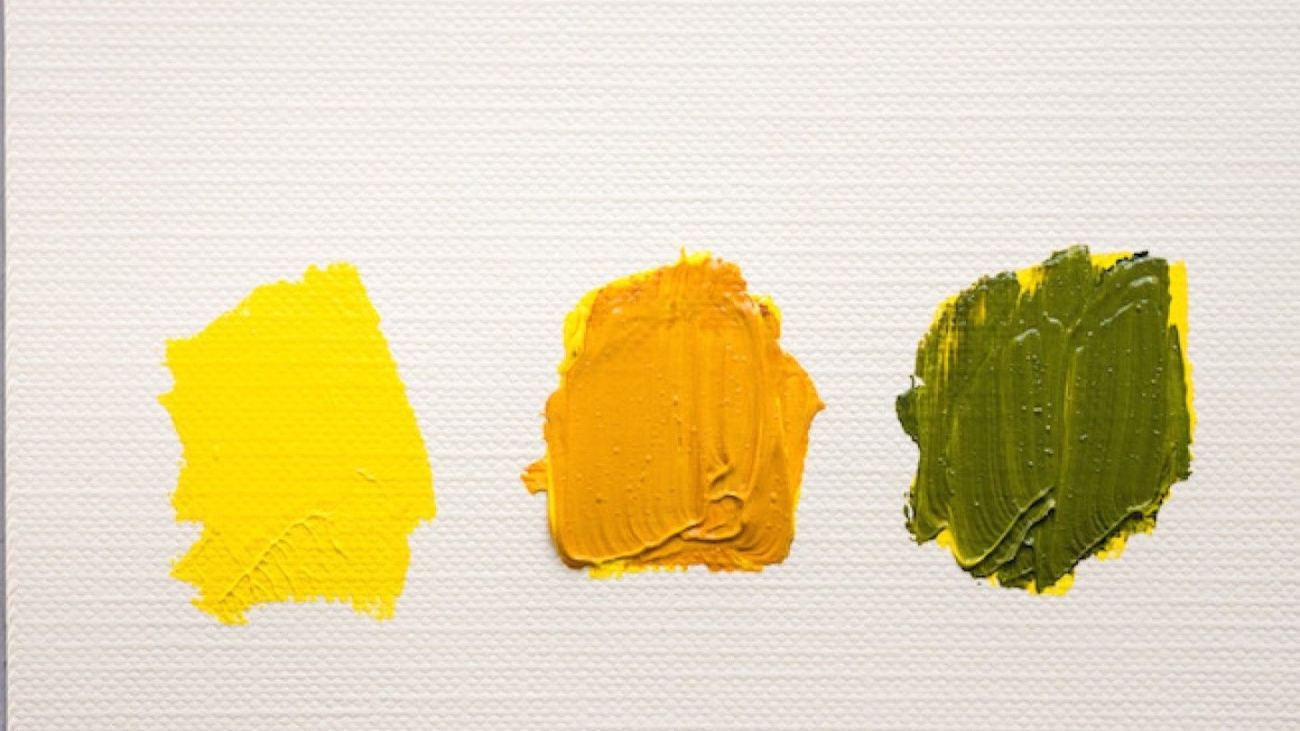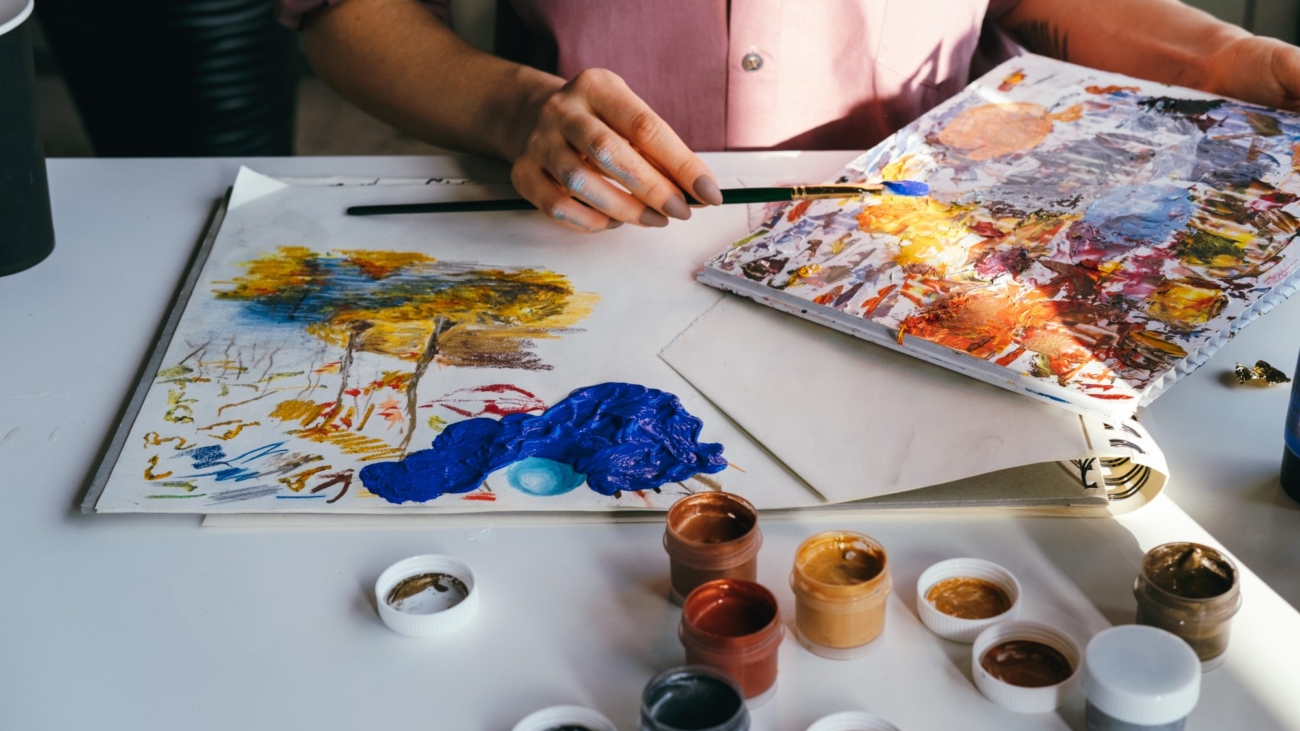Candles have long been associated with relaxation, ambiance, and even spirituality. They are a versatile accessory that can be used to set the mood in any space. When it comes to candle packaging, the container plays a crucial role in influencing the overall visual appeal of the product. Unique candle jars can make a significant difference in catching the attention of potential customers and setting your brand apart from the competition.
The Wholesale Market for Unique Candle Jars
Buying candle jars wholesale offers several benefits, especially when looking for unique designs:
Benefits of Buying Candle Jars Wholesale
- Cost-effectiveness: Wholesale prices are typically lower, allowing you to maximize your profit margins.
- Wide selection: Wholesale suppliers offer a variety of unique candle jar designs to choose from, giving you more options to find the perfect fit for your brand.
- Consistency: Buying wholesale ensures that you have a consistent supply of candle jars, avoiding any potential delays or shortages.
Expanding your product line to include a diverse range of candle jars can attract a wider customer base. Consider offering themed collections or seasonal designs to cater to different preferences and occasions. This approach not only enhances customer satisfaction but also boosts your sales potential.

Finding Reliable Wholesale Suppliers
When searching for wholesale suppliers, it’s essential to do thorough research and due diligence. Look for suppliers that have a good reputation, prompt communication, and positive reviews from other customers. Request samples to assess the quality of their products before making a bulk purchase. Building a strong relationship with your wholesale supplier will ensure a steady and reliable source of unique candle jars.
Furthermore, consider attending trade shows or industry events to connect with potential wholesale suppliers in person. These events provide an excellent opportunity to network, discover new trends, and establish partnerships with reliable vendors. By staying informed about the latest market developments and forging strong business relationships, you can stay ahead in the competitive wholesale market for unique candle jars. Visit https://readypaintfire.com/why-candle-jars-australia-are-a-top-choice-for-makers to get why candle jars Australia are a top choice for makers.
Understanding the Importance of Unique Candle Jars
The packaging of any product serves multiple functions. It protects the contents, provides information, and attracts potential buyers. When it comes to candles, the jar or container plays an additional role – it sets the stage for the overall aesthetic experience. A unique candle jar can enhance the visual appeal of the product and create a sense of anticipation and excitement for the user.
The Role of Candle Jars in Product Presentation
Candle jars are more than just containers; they are an integral part of the product presentation. The right jar can transform a simple candle into a work of art. It can convey a sense of luxury, elegance, or even playfulness. The design, material, and shape of the jar should be carefully selected to align with the brand image and target market. Whether it’s a minimalist glass jar, a handcrafted ceramic vessel, or a trendy metal container, the candle jar should complement the fragrance and design of the candle itself.
Imagine a candle jar made of delicate, hand-blown glass, with intricate patterns that catch the light and create mesmerizing shadows on the walls. As the candle burns, the flickering flame dances within the jar, casting a warm and inviting glow. This type of unique jar design not only enhances the visual appeal of the candle but also adds an element of artistry to the overall experience. It elevates the candle from a mere functional item to a decorative piece that can be proudly displayed in any room.
Why Unique Designs Matter in Candle Packaging
In a crowded market, standing out is essential for success. Unique candle jar designs can help draw attention to your brand and captivate potential customers. A well-designed jar can spark curiosity and intrigue, making people want to explore your candles further. It can become a conversation starter and create a memorable experience for the consumer. By investing in unique jar designs, you can differentiate your brand and leave a lasting impression on your customers.
Imagine walking into a store filled with rows of candles, each housed in a plain, generic jar. Your eyes scan the shelves, searching for something that catches your attention. Suddenly, a jar with a bold and vibrant design catches your eye. Its intricate patterns and vibrant colors stand out among the sea of monotony. You pick it up, feeling the weight of the jar in your hand, and are immediately drawn to the fragrance that wafts from within. This unique design has piqued your curiosity, and you can’t help but imagine how it will look in your home. The jar itself has become a piece of art, and you can’t wait to bring it home and experience the candle’s ambiance firsthand.

Exploring Different Materials for Candle Jars
When selecting materials for candle jars, it’s crucial to consider both aesthetics and functionality. Different materials offer unique characteristics that can enhance the overall look and functionality of your candles.
Glass Candle Jars: A Classic Choice
Glass candle jars are a timeless and popular choice. They allow the warm glow of the candle to shine through, creating a mesmerizing visual effect. Glass jars come in various shapes, sizes, and colors, making them versatile for different candle designs. They are also heat-resistant and provide excellent protection for the candle, ensuring a safe and enjoyable experience for the user.
Ceramic Candle Jars: A Touch of Elegance
Ceramic candle jars add a touch of elegance and sophistication to any candle. They are known for their durability and heat-retention properties, ensuring that the candle burns evenly. Ceramic jars can be glazed in various colors and patterns, allowing for unique and artistic designs. They offer a high-end look that appeals to customers seeking luxury home decor items.
Metal Candle Jars: Durability and Style
For a modern and trendy look, metal candle jars are an excellent choice. They are durable, heat-resistant, and often come with a stylish and industrial feel. Metal jars can be made from materials such as stainless steel or tin, adding a sleek and contemporary touch to your candle designs. They are perfect for minimalist and urban-themed candles.
But what about other materials that are less commonly used for candle jars? Let’s explore two more options that might surprise you:
Wooden Candle Jars: Rustic Charm
If you’re looking to add a rustic and natural touch to your candles, wooden candle jars are the way to go. These jars are crafted from various types of wood, such as bamboo or reclaimed timber, giving them a unique and earthy appeal. Wooden jars not only provide a cozy and warm aesthetic but also offer excellent insulation, allowing the candle to burn slowly and evenly. They are perfect for creating a calming and serene atmosphere.
Concrete Candle Jars: Industrial Chic
For those who appreciate the raw and edgy beauty of industrial design, concrete candle jars are a perfect choice. These jars are made from a blend of cement, sand, and other aggregates, resulting in a sturdy and visually striking container. Concrete jars can be left in their natural gray state or painted in various colors to match your candle’s theme. They provide a unique contrast between the roughness of the material and the softness of the candle’s glow, creating a captivating visual experience.
As you can see, there are various materials to choose from when it comes to candle jars. Each material offers its own set of characteristics, allowing you to create candles that not only look beautiful but also provide a delightful and memorable experience for your customers. So, take your time, explore different options, and let your creativity shine through!

Designing Your Own Unique Candle Jars
Creating unique candle jars that align with your brand image and target market requires careful thought and planning. Here are some essential considerations:
Incorporating Brand Identity into Your Design
Your candle jars should reflect your brand’s personality and values. Consider incorporating your logo, color palette, or any unique design elements that represent your brand identity. This will help create a cohesive and recognizable visual identity for your products.
Furthermore, think about the overall aesthetic of your brand. Are you going for a minimalist and modern look, or perhaps a more whimsical and colorful approach? By aligning your candle jar designs with your brand’s aesthetic, you can strengthen brand recognition and create a consistent visual experience for your customers.
Choosing the Right Colors and Patterns
The choice of colors and patterns for your candle jars will greatly impact their visual appeal. Consider the emotions and mood you want to evoke with your candles. Soft pastel tones may create a calming atmosphere, while bold and bright colors can add vibrancy and energy. Patterns such as floral, geometric, or abstract designs can add visual interest and uniqueness to your jars.
Additionally, think about the seasonality of your candle collection. Opting for warm, earthy tones and cozy patterns in the fall and winter months can create a sense of comfort and warmth, while fresh, bright colors and botanical motifs may be more suitable for spring and summer. Adapting your color and pattern choices to reflect the changing seasons can make your candle jars even more appealing to customers looking for seasonal decor.
Tips for Selling Your Candles in Unique Jars
Marketing Your Unique Candle Jars
Showcasing the unique design and features of your candle jars is crucial in attracting potential buyers. Utilize social media platforms and your website to showcase high-quality images and videos of your candles in their unique jars. Share behind-the-scenes stories about your design process, highlighting the attention to detail and passion behind your brand.
Pricing Your Candles for Profitability
Pricing your candles appropriately is essential for long-term profitability. Consider factors such as the cost of materials, production, packaging, and overhead expenses. Additionally, factor in the perceived value of your unique candle jars and the target market you aim to attract. Offering competitive prices while maintaining a healthy profit margin will help ensure the sustainability and growth of your business.
However, marketing and pricing are just the tip of the iceberg when it comes to selling your candles in unique jars. There are a multitude of other factors that can contribute to the success of your candle business.
One important aspect to consider is the scent of your candles. The fragrance you choose for your candles can greatly impact their appeal. Research popular scents and trends in the candle industry to ensure you are offering scents that are in demand. Experiment with unique combinations and consider creating signature scents that are exclusive to your brand. This will not only make your candles stand out but also create a sense of exclusivity and loyalty among your customers.






